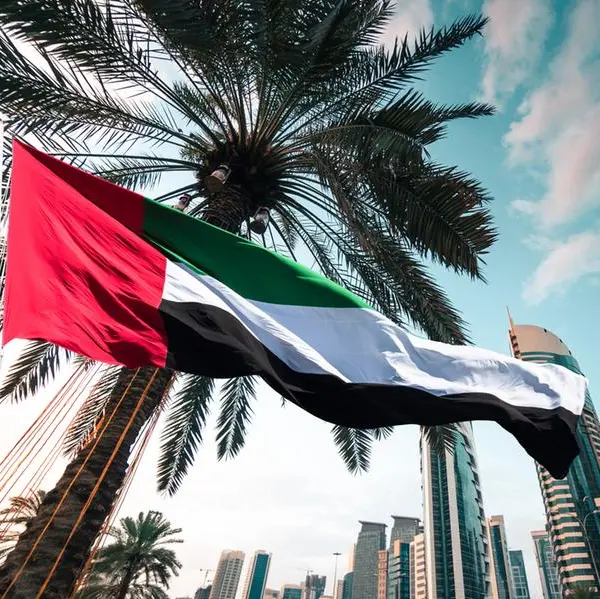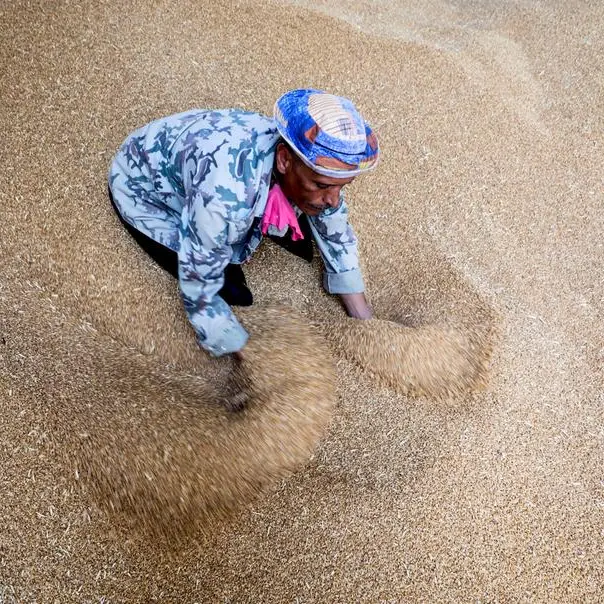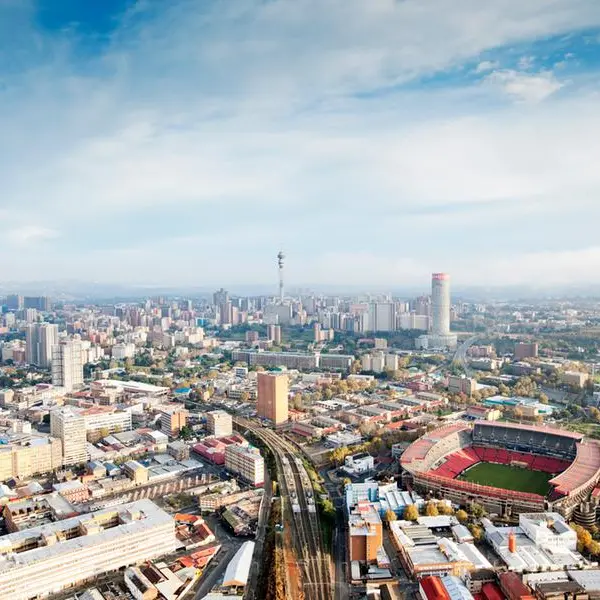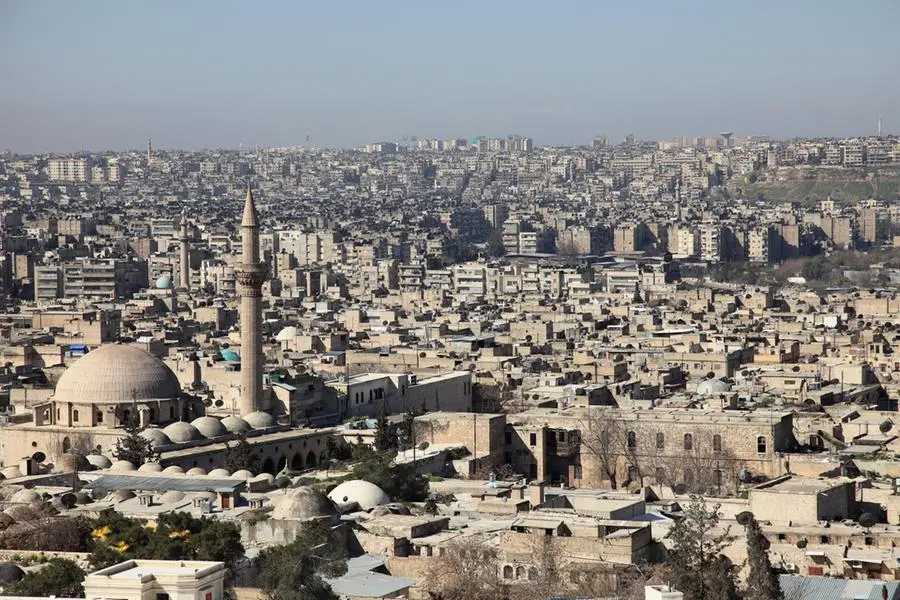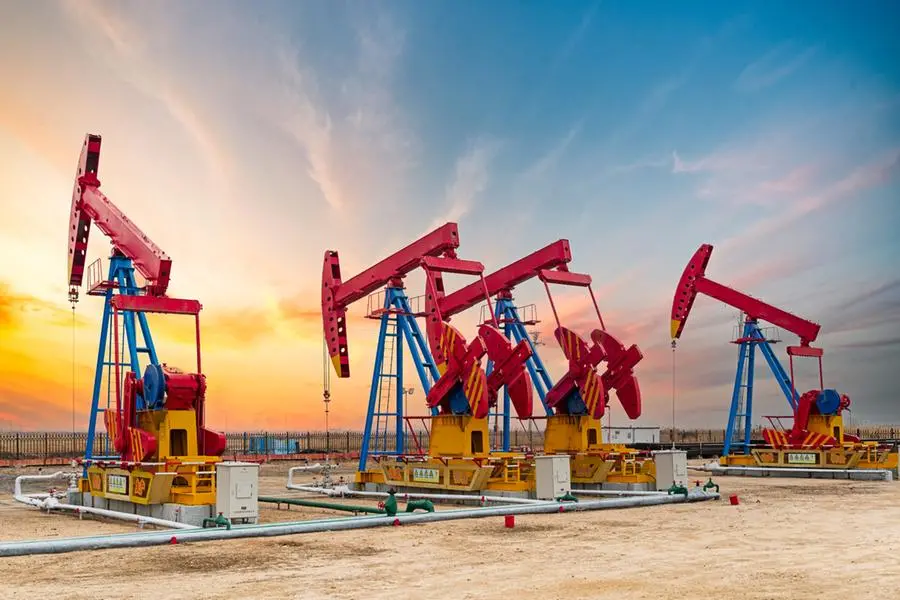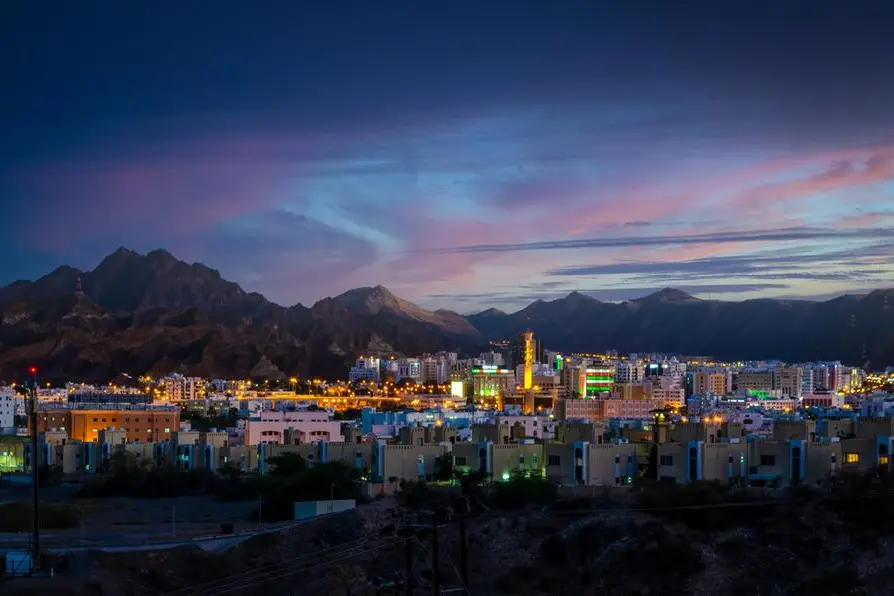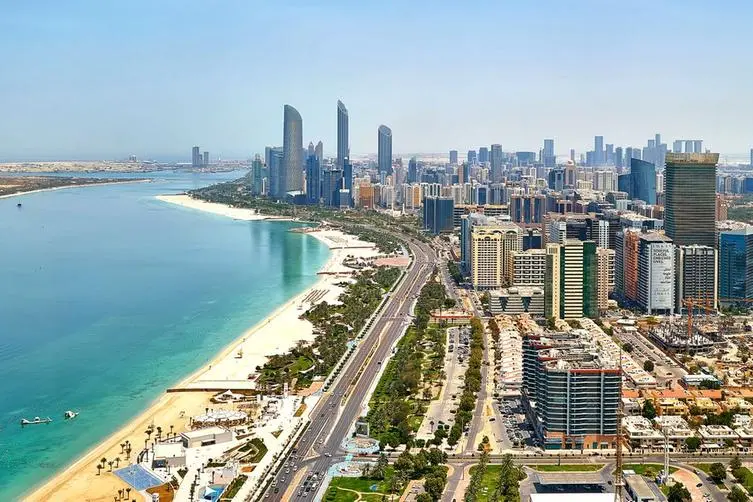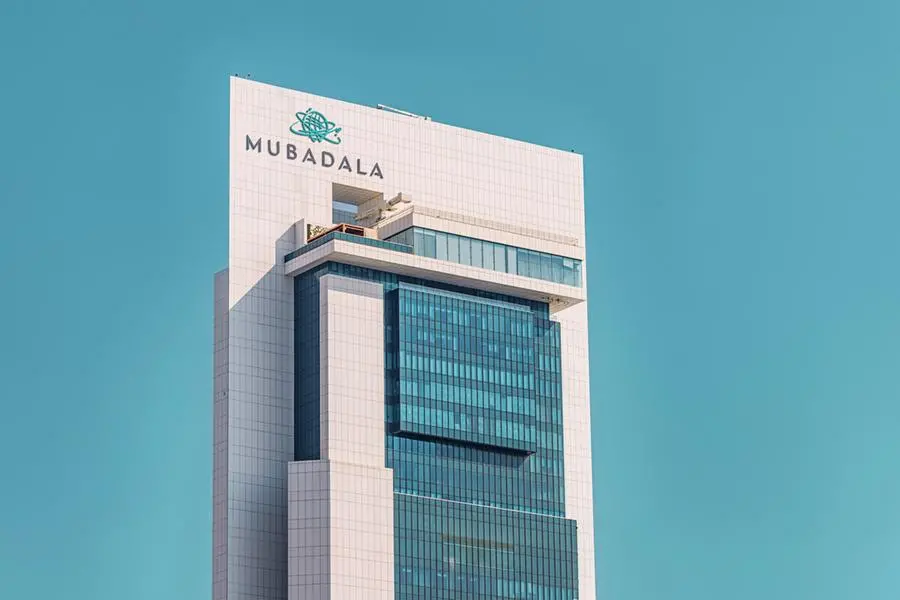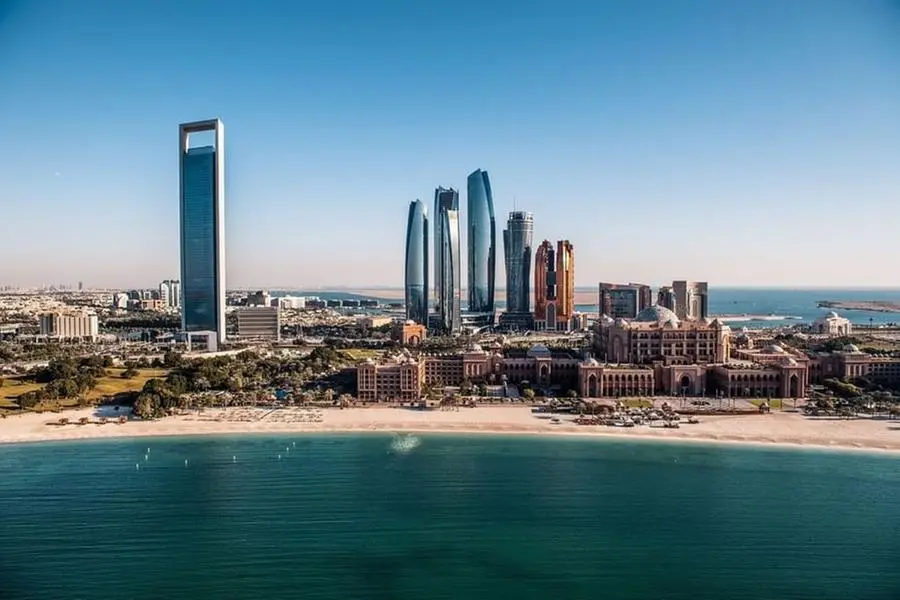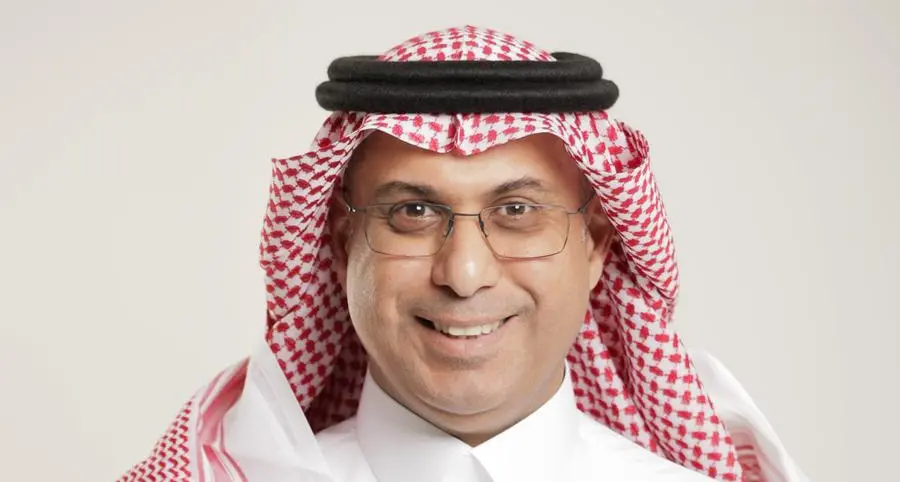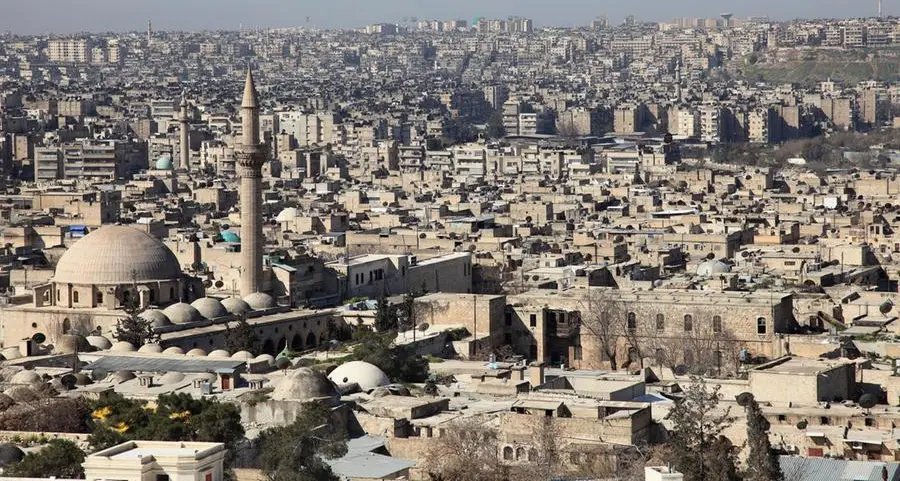After Egypt had concluded its $12bn economic programme with the International Monetary Fund (IMF) in 2019, Ethiopian authorities announced reaching an initial agreement with the IMF on a $2.9bn loan recently.
The new loan, to be disbursed over three years and could be supported by the IMF under its Extended Credit Facility (ECF) and Extended Fund Facility (EFF), according to the IMF, is expected to address the same challenges that Egypt faced before November 2016.
Far from the political differences over the Grand Ethiopian Renaissance Dam file, Daily News Egypt looks into the status of the Ethiopian economy in terms of GDP, consumer prices, and development efforts according to the IMF and the World Bank statistics.
Ethiopian government and the IMF staff team reached a preliminary agreement, subject to approval by the Fund’s Executive Board, on policies that could constitute the basis for Ethiopia’s new programme supported by the ECF and EFF arrangements. The overall objective of the programme would be to support implementation of the country’s Homegrown Economic Reform Programme.
Ethiopia aims to reach lower-middle-income status by 2025
The 2019 projected real GDP of Ethiopian economy is 7.4%, according to the IMF, yet it is also one of the poorest economies, with a per capita income of $790. Ethiopia aims to reach lower-middle-income status by 2025.
Industry, construction, and services accounted for most of the growth. Agriculture and manufacturing made lower contribution to growth in FY 2017/18 compared to the previous year. Private consumption and public investment explain demand-side growth, the latter assuming an increasingly important role.
The IMF statistics show that 2019 projected consumer prices in Ethiopia is at 14.6%. Higher economic growth brought with it positive trends in poverty reduction in both urban and rural areas. The share of the population living below the national poverty line decreased from 30% in 2011 to 24% in 2016.
The government is now implementing the second phase of its Growth and Transformation Plan (GTP II) which runs for 2019/20. GTP II aims to continue expanding physical infrastructure through public investments and to transform the country into a manufacturing hub.
Challenges and IMF’s future treatment
The challenges of the Ethiopian economy include limited competitiveness, which constrains the development of manufacturing, the creation of jobs, and the increase of exports; and an underdeveloped private sector, which would limit the country’s trade competitiveness and resilience to shocks.
The government aims to expand the role of the private sector through foreign investment and industrial parks to make Ethiopia’s growth momentum more sustainable. Political disruption, associated with social unrest, could negatively impact growth through lower foreign direct investment, tourism, and exports.
The IMF-supported programme with Ethiopia would consist of five main pillars; durably address the foreign exchange shortage and transition to a more flexible exchange rate regime; strengthen oversight and management of state-owned enterprises to contain debt vulnerabilities; and support domestic revenue mobilisation and expenditure efficiency to create space for adequate poverty-reducing and essential infrastructure spending. The programme also includes reforming the financial sector to support private investment and modernise the monetary policy framework, and strengthen the supervisory framework and financial safety nets.
Egypt’s cooperation with IMF
In November 2016, IMF Executive Board approved financial assistance for Egypt in the form of an EFF arrangement for about $12 bn. The Executive Board approved the first review on 13 July 2017, the second review on 20 December 2017, the third review on 29 June 2018, the fourth review on 4 February 2019, and the fifth and final review on 24 July 2019.
The EFF supported the country’s comprehensive economic reform programme to restore macroeconomic stability and return Egypt to strong and sustainable growth.
More specifically, the programme aimed to improve the functioning of the foreign exchange markets, bring down the budget deficit and government debt, and raise growth to create jobs, especially for women and youth. It also aimed to protect the most vulnerable groups in the society during the process of adjustment, according to the IMF.
© 2019 Daily News Egypt. Provided by SyndiGate Media Inc. (Syndigate.info).
